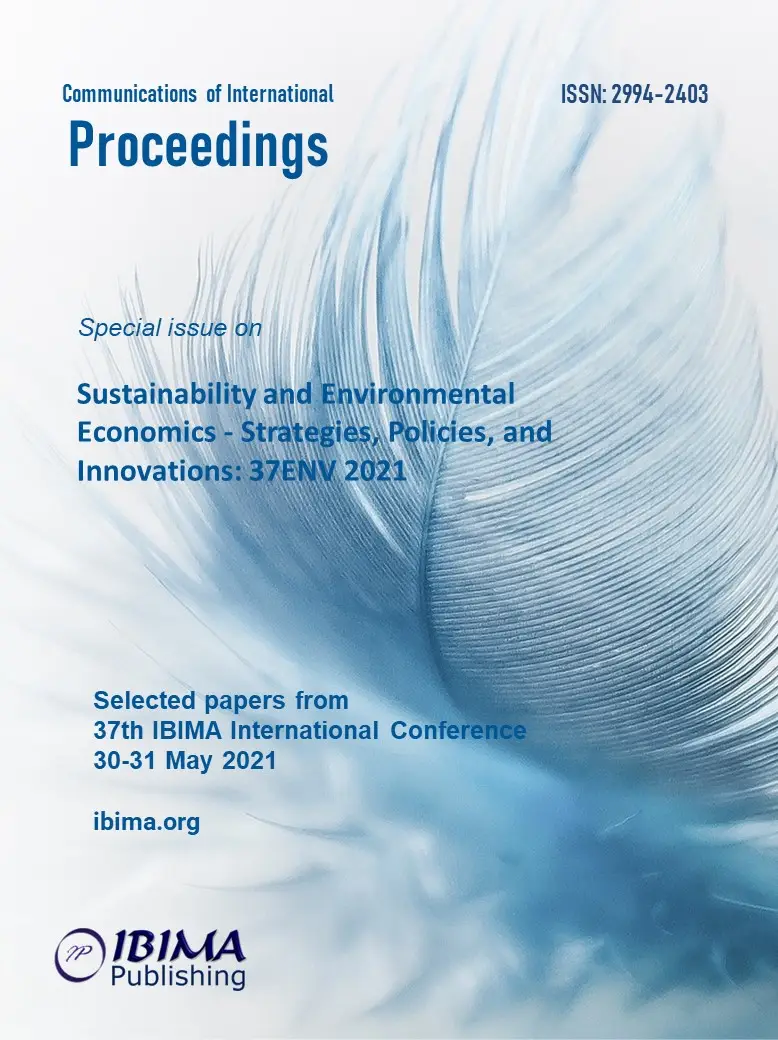
1Sylwia Pangsy-Kania and 2Floros Flouros
1University of Gdansk Professor, Faculty of Economics, University of Gdansk, Poland

This paper explores the importance of renewable „green” hydrogen in energy system of the EU and in the process of becoming climate neutral by 2050, in the aspect of CO2 emissions by EU-28 countries. The air pollutants, including CO2, are the most harmful and dangerous of all emissions. Carbon dioxide is a major contributor to global warming and accounts for around 80% of all EU greenhouse gas emissions. CO2 emissions are influenced by climate conditions, economic growth, size of the population, industrial activities and transport. Currently, there are eight countries which are responsible for 75% of carbon dioxide pollution from transportation and storage: Germany, United Kingdom, France, Denmark, Italy, Spain, Netherlands and Poland. However, the most of the CO2 emissions in the EU are generated by electricity, gas, steam, air conditioning supply and manufacturing.
In order to meet the agreed targets of the Paris Agreement on climate change and provide clean energy by 2030, the EU need to reduce greenhouse gas emissions by at least 40%. The solution in the context of reducing carbon dioxide emissions is to strive toward a low-carbon economy. Opportunity relates to innovation in energy based on renewable „green” hydrogen. The hydrogen-based energy system which means “energy to hydrogen to energy” could be an innovative way to a low carbon future and a groundbreaking technology that will drive the sixth Kondratieff wave. Hydrogen technologies could play an important role in low carbon transport, while contributing to decarbonize other sectors as well.
In this paper, the authors present the main information concerning hydrogen, the importance of renewable “green” hydrogen and hydrogen fuel cells as future transport fuel in the EU toward a low- carbon economy. The authors analyze air emission of CO2 in the EU countries with particular emphasis on transport. The diversification indicator was used as a method for the purposes of this study, that allows to determine the scope of spatial concentration of air pollution with carbon dioxide in the EU-28 caused by transport.